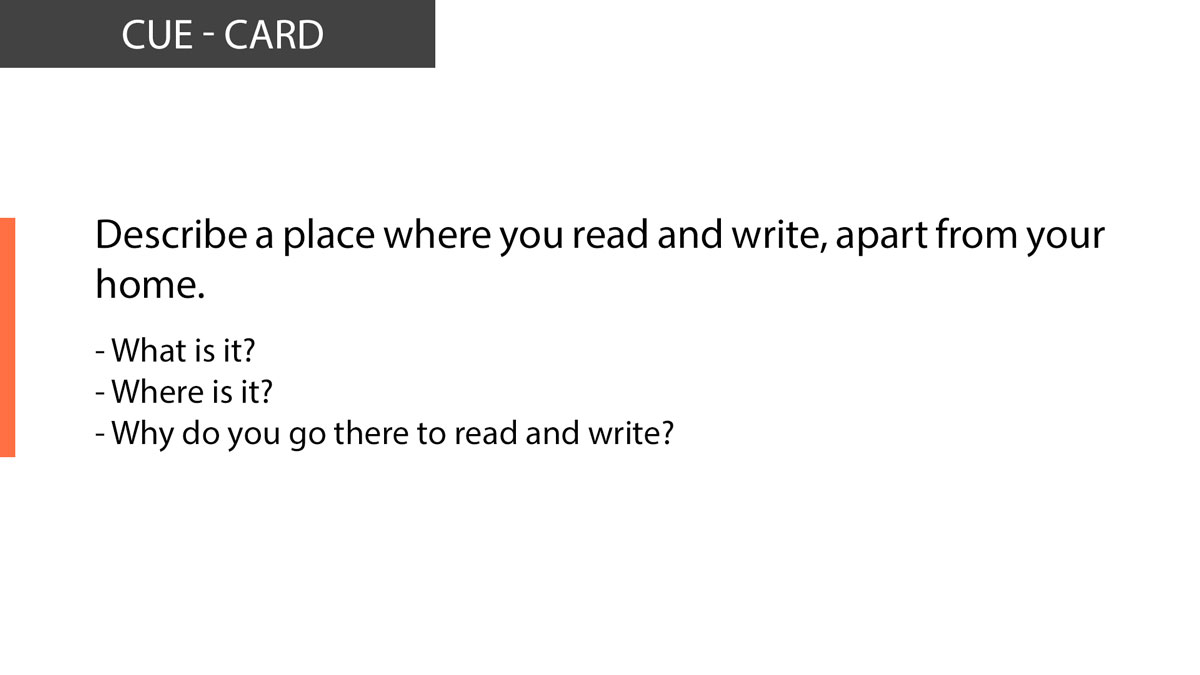

More Online Writing Tips on our Pinterest board . Review: Conversational Copywriting - an Online Writing Course. ģ Ways to Write Conversationally Online (and Off). If youre writing the story from a particular characters point of view, you can also show that characters thoughts. Ħ places to use keywords in web pages and blog posts. Keyword Glossary: Quick SEO Jargon at Your Fingertips. ģ Ways You Can Make Money Writing Content on Your Own Site. The Inverted Pyramid: Article Writing Format for Online Content, Too. Web Writing and Writing for Print: how they are different. What Is SEO Content Writing? Tips for Strong. Long Tail Keywords: A Quick Guide to Using Unpopular Search Terms. Ĭontextual Links and Why You Need Them on Your Website. Want Steady Traffic? Write 3 Different Types of Articles that Deliver. Start your article or illustrate a point with stories. Searching for Keywords? Use These SEO Writing Terms. Good Content is a Result of Good Techniques in Online Content Writing. Use 3 Types of Web Traffic to Build Your Blog or Website. What Are Keywords in SEO, Anyway? A Simple Tutorial. Writing Tip: When writing content or copy, always ask, “How can I use this content in another way?” You can write content once and then restructure it for different formats – both online and offline. Here is where YOUR skills are so valuable. In fact, many forms of online writing are short (think Twitter’s 140 characters.) Good content contains enough substance so that writers can adapt it to different mediums. You can easily repurpose it for another format. It’s a hallmark of good online copy and content. Re-usable content saves time and gets your message across with more impact. How can you tweet it … blog about it … post it on Facebook or Instagram … combine it with other content to make an eBook … use it to create a podcast … write an ad … use it to build a brochure … even text a link … so readers can learn more? Write sentences that average 15-20 words. Writing Tip: online, write paragraphs of just 4 or 5 lines. Good writing online is clear and concise – the kind of content or copy that’s easy to read. When your reader decides that she wants more information online, make it simple for her to digest: short sentences. Then break up your writing into short segments, with plenty of subheadings, bullet points, and white space. Put the most important content first – the information that your reader must have or wants most. Writing Tip: format your content so that it is easy to skim online. If you want to know more information, you go back and read it more thoroughly. You read it sequentially, concerned that you might miss a detail or a scene.īut online, you skim the subheadings and the bullets to get the gist of the page.

But online, they skim.ĭon’t you? Think about how you read a book. Study after study bears out this truth: people read print, often word for word.


 0 kommentar(er)
0 kommentar(er)
